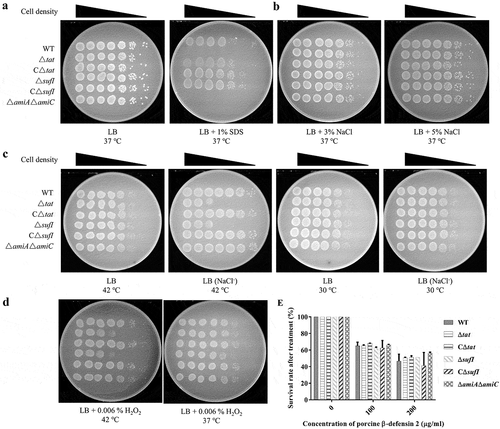Figures & data
Table 1. Strains used in this study.
Figure 1. Morphological, growth and virulence characterization of the parental ExPEC PCN033 strain and the tat mutant (Δtat).
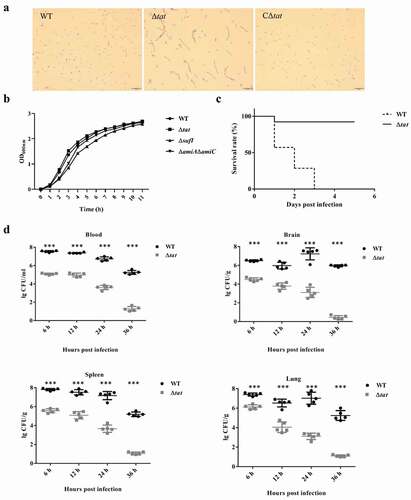
Table 2. Predicted Tat substrates encoded in ExPEC PCN033 genome.
Table 3. Competitive index (n = 5).
Figure 2. Colonization of WT, ΔsufI, and ΔamiAΔamiC strains in mouse.
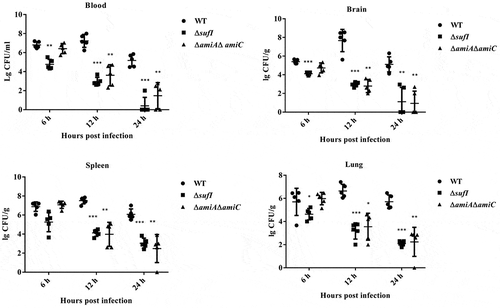
Figure 3. In vitro cell adhesion, and whole blood and serum bactericidal assays. (a). In vitro cell adhesion.

Figure 4. Motility assay.
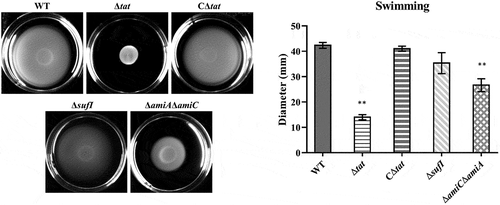
Figure 5. Live cell imaging of WT, Δtat, CΔtat, ΔsufI, and ΔamiAΔamiC strains.
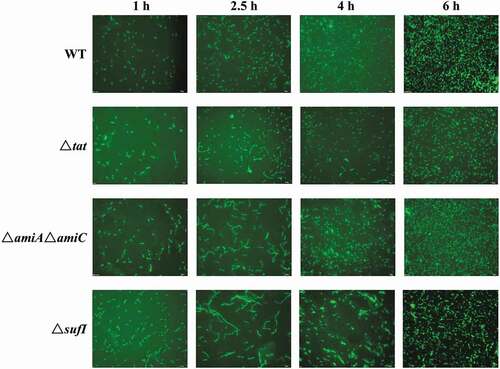
Figure 6. Stress response assay. (a). SDS resistance.
